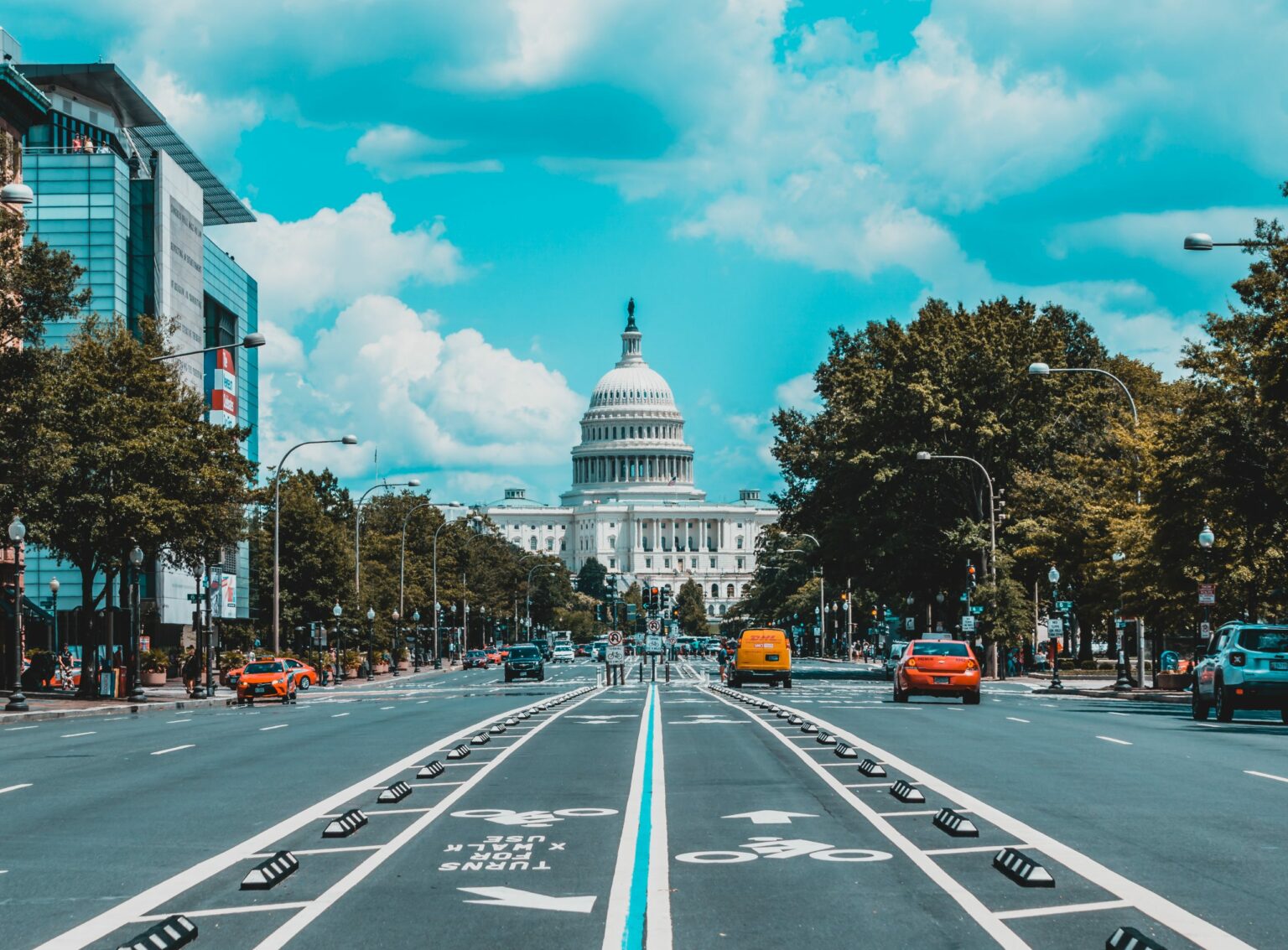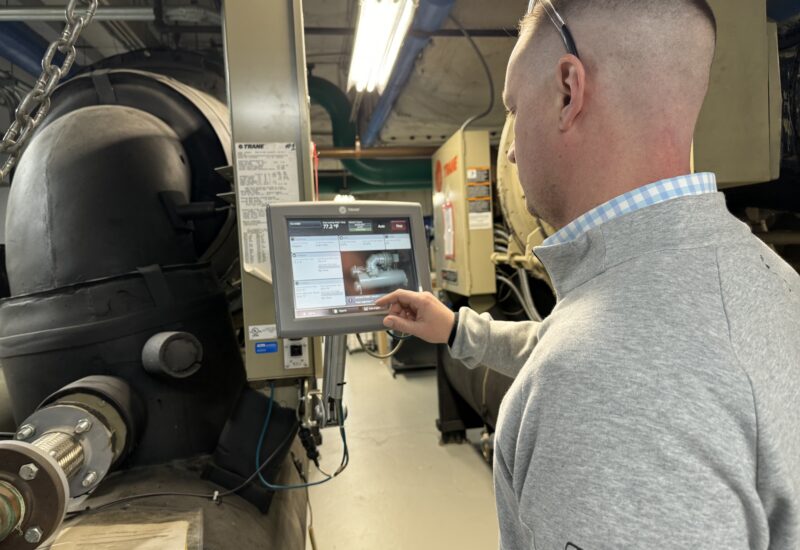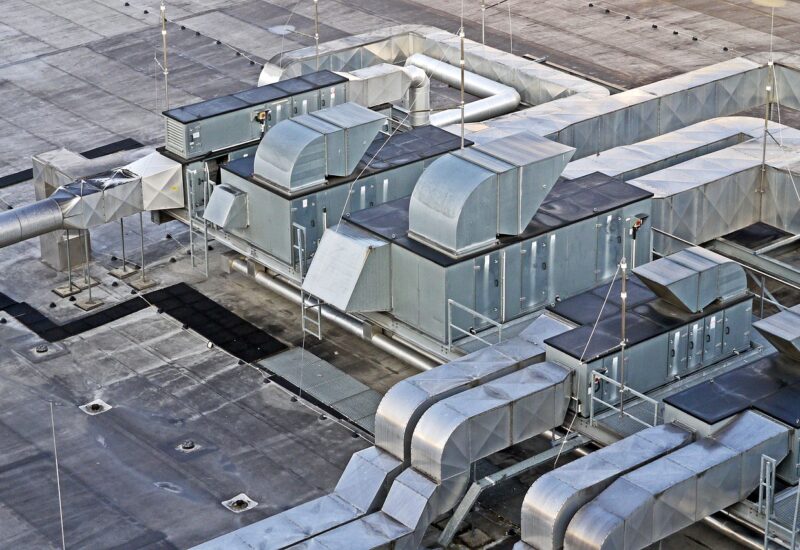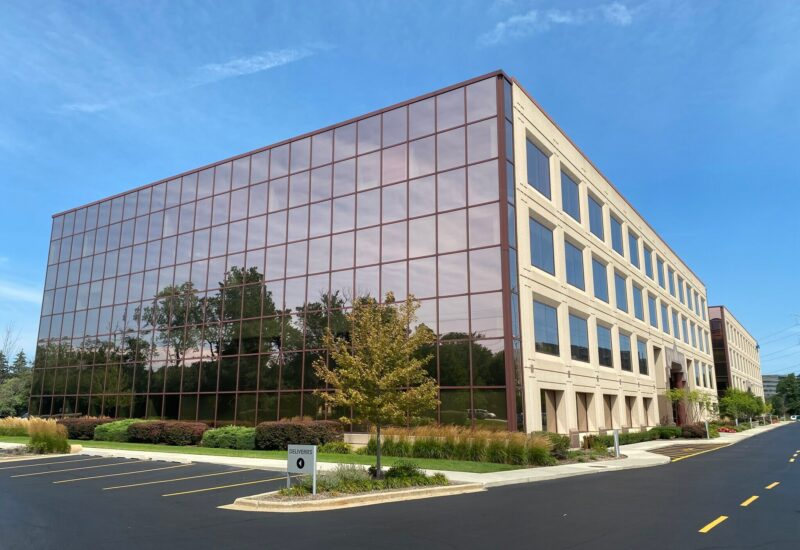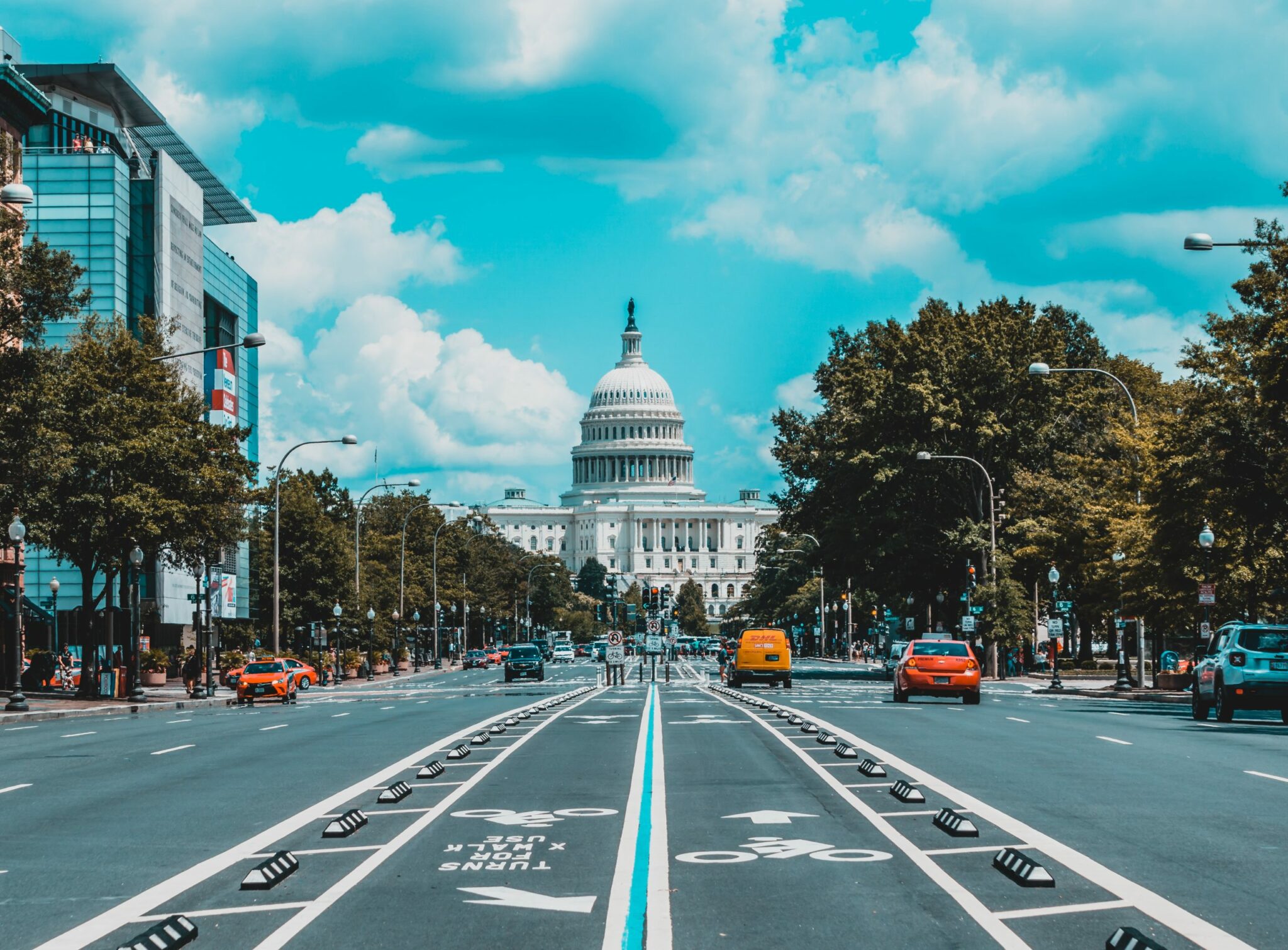The District of Columbia’s Building Energy Performance Standards (BEPS) is now in full effect. This blog series will give you a breakdown of BEPS, its requirements, deadlines, compliance pathways, and strategy and implementation. In Part 3 of the blog series, we will explain the four compliance pathways that DC property owners can follow to avoid financial penalties if their property does not meet a minimum level of energy performance.
If you own or operate a building in Washington DC, you should be paying attention to the District’s Building Energy Performance Standards (BEPS). This policy requires buildings to meet a minimum level of energy performance. If a building does not meet that requirement, they must take steps to reduce building energy use or face financial penalties of up to $10 / square foot of building area. The policy currently applies to privately owned buildings 50,000 ft2 and larger. Starting in 2027, the policy will apply to privately owned buildings 25,000 ft2 and larger.
For buildings that do not meet the standards, to avoid financial penalties, they must follow one of four compliance pathways summarized below.
- Performance Pathway – A property reduces its site energy use by 20% during the BEPS cycles. This reduction is demonstrated by a decrease in energy use from the beginning of the Compliance Cycle to the end of the Compliance Cycle. For the current BEPS cycle (BEPS-1), the base performance level is based on the average of 2018 and 2019 site energy use and the final performance level will be based on 2026 site energy use. (Assuming that a property follows the allowed one-year delay due to the COVID-19 Public Health emergency for BEPS-1.)
- This option makes sense for properties that require 20% or more in-site energy reductions to bring them up to the BEPS level for their property type.
- This option also provides property owners with broad flexibility in determining what measures they will implement and requires the minimum level of reporting requirements.
- This pathway also exposes a property to the risks of falling short of meeting the 20% goal.
- It also potentially positions a property to be non-compliant for the next BEPS cycle (BEPS-2), if building performance does not also exceed the BEPS-1 requirements.
- Standard Target Pathway – A property achieves the BEPS Energy Star Score or Weather normalized Site Energy Use (for property types not eligible to receive an Energy Star Score) by the end of the BEPS cycle. For example, for BEPS-1, this would mean that a multi-family property increases its Energy Star Score to 66.
- This option makes sense for properties that require less than 20% site energy reduction to get to the BEPS required level.
- It also provides property owners with broad flexibility in determining what measures they will implement and requires the minimum level of reporting requirements.
- This pathway also exposes a property to the risk of falling short of hitting the BEPS target.
- It also potentially positions a property to be non-compliant for the next BEPS cycle (BEPS-2), if building performance does not also exceed the BEPS-1 requirements.
- Prescriptive Pathway – A property must successfully complete specific actions agreed to with the DC Department of Energy and Environment (DOEE) and meet reporting/verification requirements as defined by DOEE. The agreed-to actions will include one or more recommended energy efficiency measures (EEM) designed to achieve energy savings compared to the Performance Pathway. This pathway has several requirements that must be met in order for it to be followed:
- The property must have an ASHRAE Level 2 Energy Audit completed that shows savings potential of at least 30% (over 40% in some cases).
- The property must submit a plan to implement measures that will achieve at least 25% savings based on the Energy Audit results.
- The property must implement an operations and maintenance plan that meets minimum standards.
- The property must provide interim and final reporting.

A property that follows this pathway complies by taking specific actions. Compliance does not depend on actual energy performance. This pathway reduces the risk that compliance penalties end up having to be paid. However, it requires an increased level of reporting and somewhat reduces the owner’s latitude to decide what to do and make changes along the way.
- Alternative Compliance Pathway (ACP) – The property may comply through an alternative pathway that is agreed to with DOEE and that achieves the equivalent or greater energy savings than the Principal Pathways (Performance, Standard, or Prescriptive). There are multiple forms an ACP can take.
- Accelerated Savings Recognition (ASR) – For deep energy retrofits completed during the current BEPS cycle that exceed the requirements of the current BEPS compliance cycle and that meet the long-term goals of the BEPS, compliance for the current and future cycles may be granted regardless of the property’s compliance with the standard at the beginning of the applicable future BEPS periods. For example, a DEEP energy retrofit that achieves 36% site EUI savings during BEPS-1 may be granted compliance for BEPS-2 even if its Energy Star Score at the start of BEPS-2 is not compliant with the BEPS-2 requirements.
- Extended Deep Energy Retrofits (EDER) – If a property can show financial distress due to the COVID-19 public health emergency (PHE), then it may be able to submit and implement a deep energy retrofit plan to reduce site energy by 40% by the end of the second BEPS compliance cycle. In this case, the property would be given additional time to comply (through BEPS-2 which is scheduled until 2030) in exchange for agreeing to an increased target for energy savings reduction (at least 40%).
- Custom Alternative Compliance Pathway – DOEE will consider alternative approaches to improving energy efficiency that might not be possible under the current compliance structure. These proposals must meet specific criteria including achieving energy savings that are comparable to or greater than the Principal Pathways.
While the BEPS pathway options give a property owner flexibility in how they comply, the timing for BEPS (as discussed in detail in a separate post) means that property owners need to be working on their plans to comply now. In general, pathway selections are due no later than April 1, 2023, and the BEPS-1 compliance assessment will begin, in effect, on January 1, 2026. However, BEPS-2 which starts on January 1, 2027, and will be based on 2025 and 2026 benchmarking data, which requires measures to be implemented by the end of 2024 to improve the 2025 benchmarking results.
To move forward smartly, building owners need to evaluate their options, determine which pathway fits their situation the best, make their pathway selection, and implement measures in time to be ready for compliance in 2026. In the world of building energy performance improvements, this four-year window is just long enough for building owners to get that work done and be able to breathe easy when it comes time to assess if their buildings comply.
Stay tuned for Part 4! Have any questions? Contact us!
